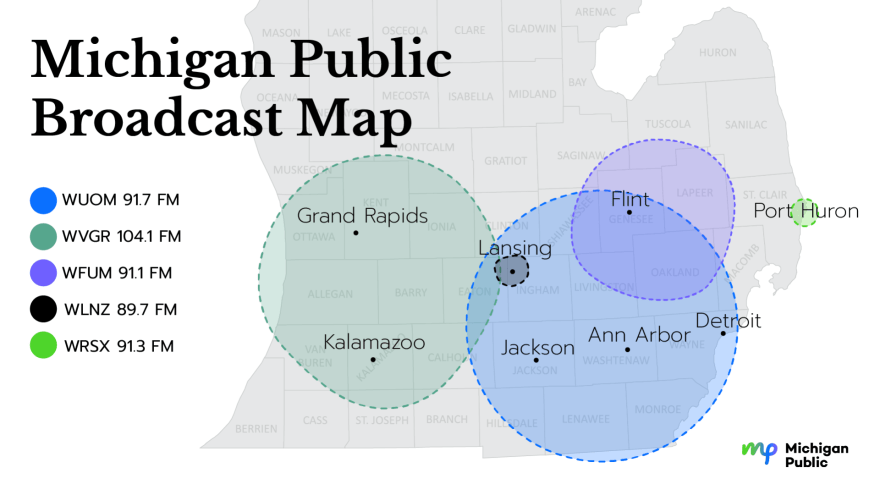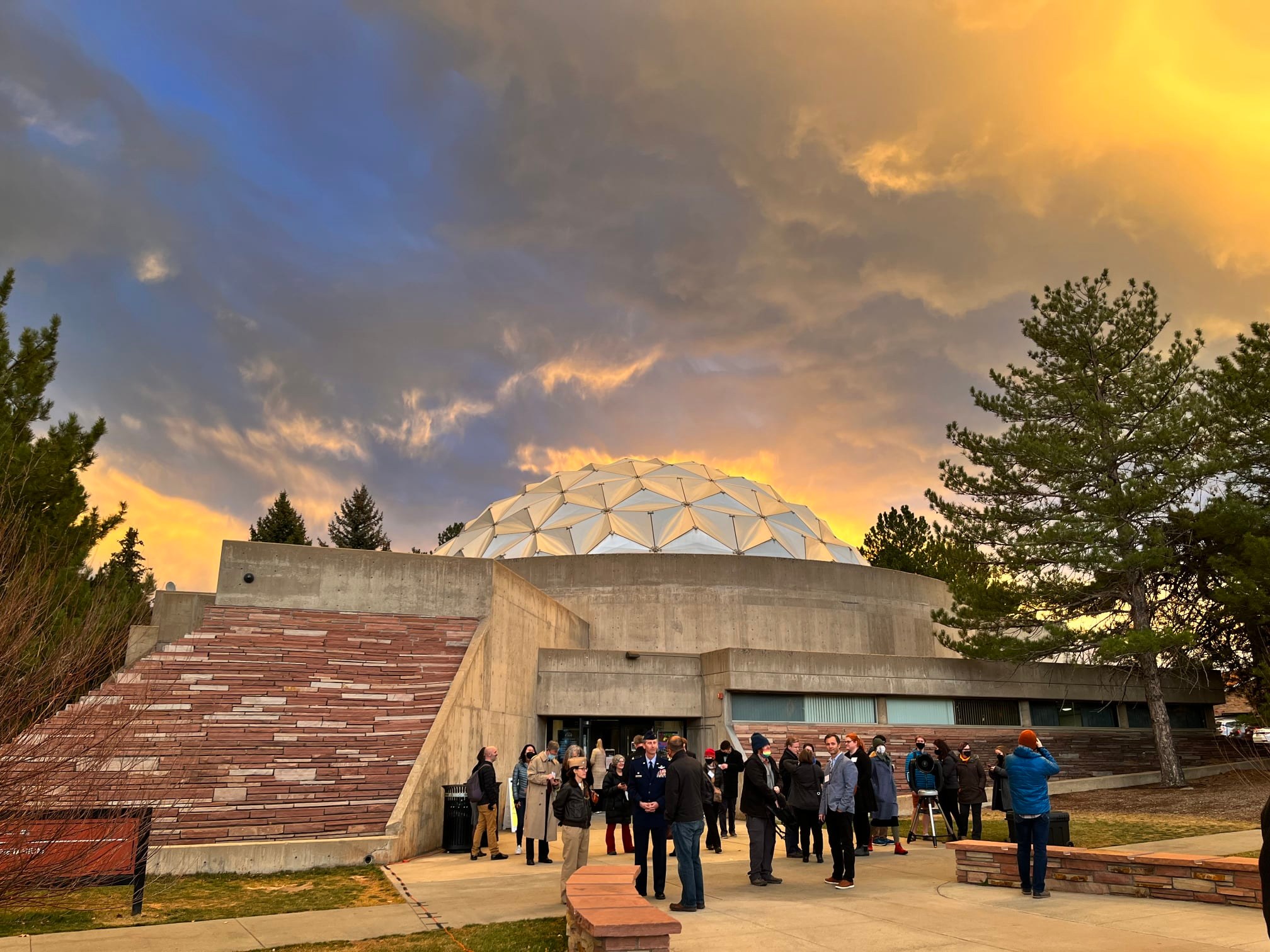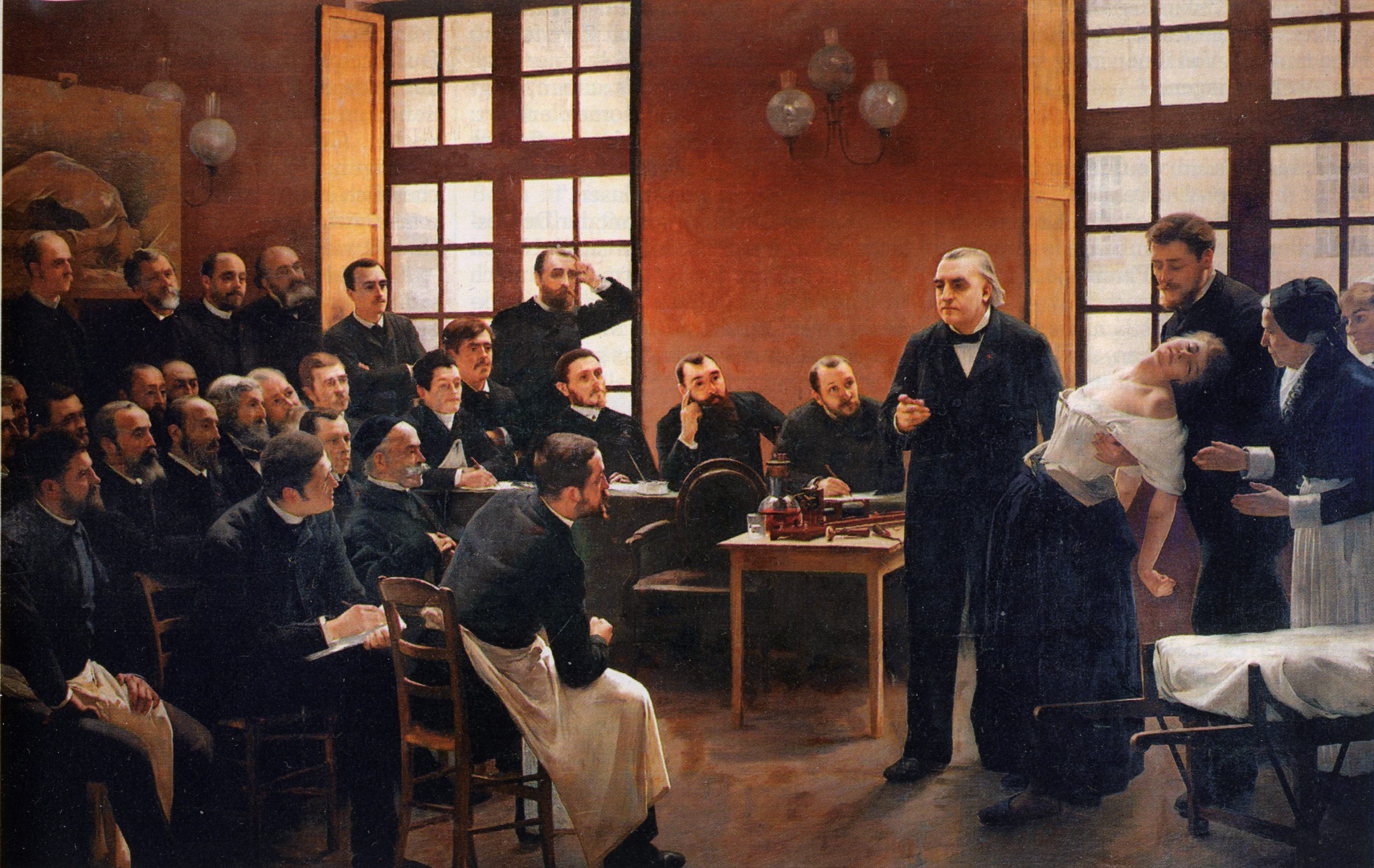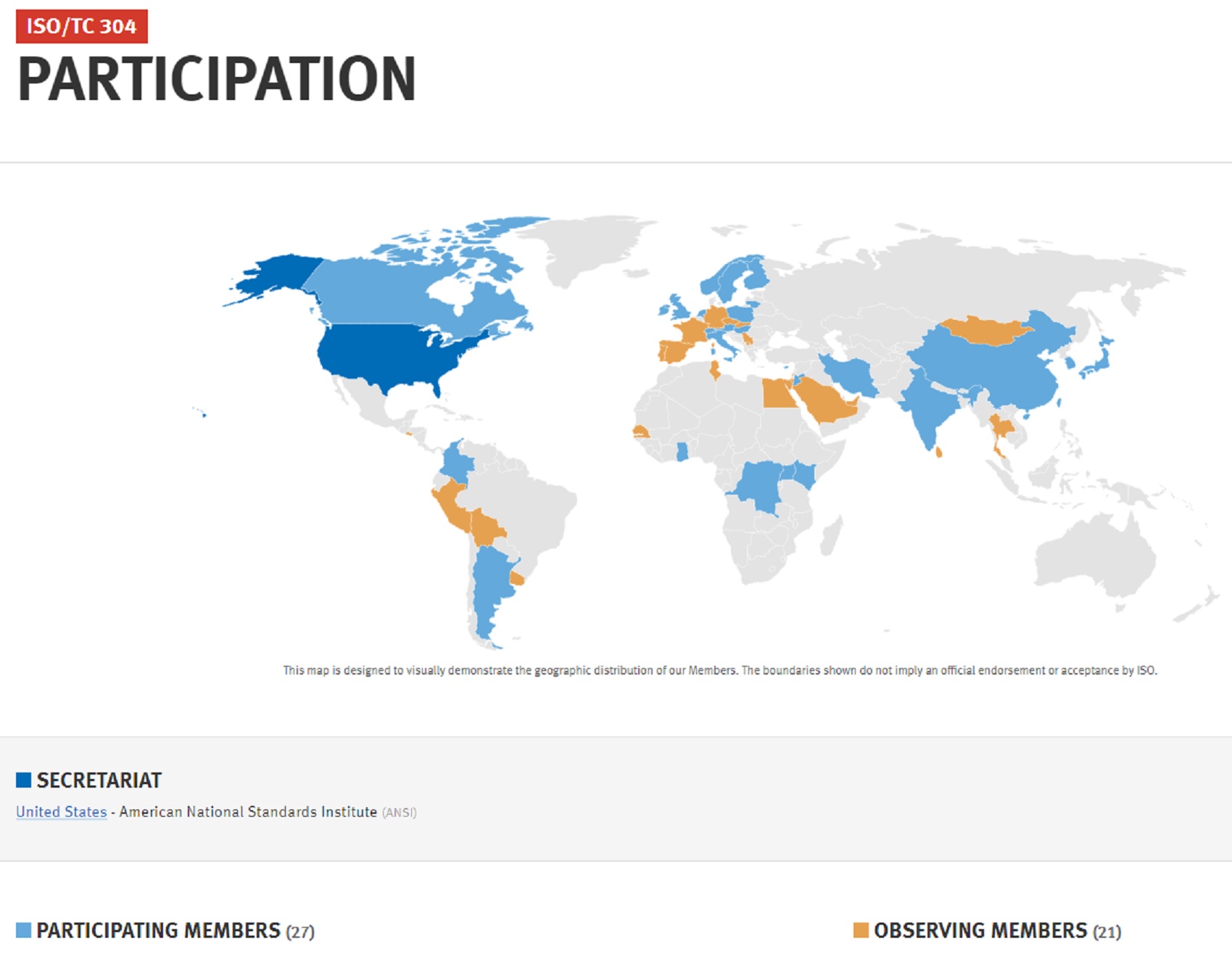Why are there at least 10 publicly funded radio stations receivable in a 75 mile radius (back and forth, up and down) the I-94/I-75 corridor of Michigan — all of them domiciled in public universities? These stations also receive revenue from other non-profit organizations, unending funding drives and private advertising from multinational financing organizations such as Schwab, Fidelity and other for-profit corporations. Most of them purchase their “content” from the same source; reflecting the same large government bias seen across the entire nation; concentrated in college towns with spotty intellectual history.
Within an approximate 50 mile radius of the University of Michigan, five national public radio stations are receivable:
WUOM University of Michigan Ann Arbor
WEMU Eastern Michigan University
WDET Wayne State University
WKAR Michigan State University
WGTE University of Toledo
Move 25 miles to the northwest and two more are receivable:
WLNZ Landing Community College
Move 25 miles northeast and three more are receivable
WFUM University of Michigan Flint
WMUK Western Michigan University
WAUS Andrews University
FCC ONLINE TABLE OF FREQUENCY ALLOCATIONS: 47 C.F.R. § 2.106
(Revised July 1, 2022)
Standards for radio broadcast coverage can vary depending on factors like location, broadcasting technology, and regulatory requirements. Here’s a general list covering various aspects:
- Technical Standards:
- Transmission Power and Frequency Allocation: Standards set by regulatory bodies like the Federal Communications Commission (FCC) in the United States or Ofcom in the UK regulate the power levels and frequencies allocated to radio stations to prevent interference.
- Audio Quality: Standards for audio encoding and decoding, such as those defined by organizations like the European Broadcasting Union (EBU) or the Advanced Audio Coding (AAC) standards.
- Antenna Design and Installation: Standards for antenna design, placement, and maintenance to ensure efficient transmission and coverage.
- Content Standards:
- Language and Content Regulations: Regulations on language, decency, and content suitability enforced by regulatory bodies to ensure broadcasts adhere to community standards and do not contain offensive or harmful material.
- Advertising Standards: Guidelines on the content and placement of advertisements to prevent deceptive practices and ensure fairness and transparency.
- Copyright and Licensing: Regulations governing the use of copyrighted material and licensing agreements for broadcasting music, interviews, and other content.
- Emergency Broadcast Standards:
- Emergency Alert Systems (EAS): Standards for implementing emergency alert systems to disseminate important information to the public during emergencies or disasters.
- Public Safety Communications: Standards for communication protocols and procedures to coordinate with emergency services and agencies during crises.
- Accessibility Standards:
- Closed Captioning: Standards for providing closed captioning for the hearing impaired, ensuring accessibility to radio broadcasts.
- Descriptive Video Service (DVS): Standards for providing audio descriptions of visual content for the visually impaired.
- Ethical Standards:
- Journalistic Integrity: Guidelines for ethical reporting and journalism standards, including accuracy, fairness, and impartiality.
- Disclosure of Sponsored Content: Standards for disclosing sponsored or paid content to maintain transparency and trust with the audience.
- Conflict of Interest Policies: Standards for identifying and managing conflicts of interest in news reporting and programming.
- Health and Safety Standards:
- Electromagnetic Radiation Exposure Limits: Standards set by health organizations and regulatory bodies to limit human exposure to electromagnetic radiation emitted by radio transmitters.
- Workplace Safety: Standards for ensuring the safety of radio station personnel and compliance with occupational health and safety regulations.
These standards are often enforced by governmental regulatory agencies, industry organizations, and professional associations to ensure the quality, integrity, and safety of radio broadcast coverage.
National Public Radio is the soundtrack of American academia and American academia has always been partial to large government:
“It was always the woman, and above all the young ones who where the most bigoted adherents to the party” — (George Orwell, ‘1984’)
— NPR (@NPR) April 12, 2023





















